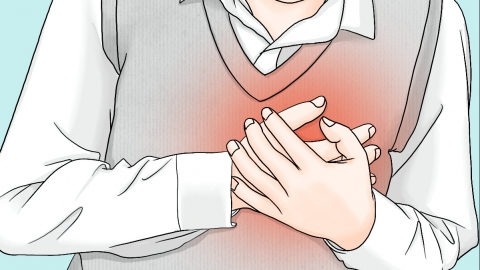What is Takotsubo cardiomyopathy?
Generally, tako-tsubo cardiomyopathy refers to stress-induced cardiomyopathy, a transient left ventricular dysfunction that occurs following intense emotional or physical stress. It resembles acute myocardial infarction but without obstructive coronary artery disease. Detailed analysis is as follows:

The exact pathophysiological mechanism of this condition has not been fully elucidated. The prevailing theory suggests that a massive release of catecholamines during sympathetic storm leads to myocardial stunning. This results in markedly reduced contraction at the cardiac apex while the basal segments contract forcefully, producing a characteristic "tako-tsubo" (octopus trap) shape on ventriculography.
Typical manifestations include sudden, severe chest pain or dyspnea, often accompanied by cold sweats and nausea. Electrocardiography may show ST-segment elevation or deep T-wave inversions, while cardiac troponin levels are only mildly to moderately elevated—patterns inconsistent with typical myocardial infarction.
Diagnosis requires meeting the Mayo Clinic revised criteria: regional wall motion abnormalities extending beyond a single coronary artery territory, absence of obstructive coronary lesions on angiography, and exclusion of other conditions such as myocarditis or pheochromocytoma. Echocardiography or left ventricular angiography serves as the core imaging modality.
In the acute phase, treatment primarily involves beta-blockers and ACE inhibitors; diuretics may be added if necessary. Positive inotropic agents are contraindicated due to the risk of exacerbating left ventricular outflow tract obstruction. Most patients recover full cardiac function within weeks, although recurrence occurs in approximately 10% of cases, necessitating regular follow-up echocardiograms and management of psychological stress. During rehabilitation, a Mediterranean diet, 30 minutes of daily moderate-intensity aerobic exercise, and strict sodium restriction are recommended. Patients should also learn to recognize warning signs of recurrent chest pain and immediately rest and call emergency services if symptoms reappear.




